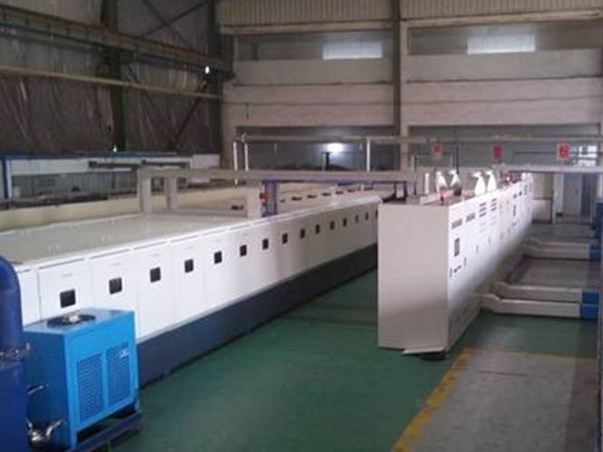Microwave is a kind of electromagnetic wave with extremely short wavelength, the wavelength is between 1mm and 1m, and its corresponding frequency is between 300GHz and 300MHz. In order to prevent microwave interference on radio communication, broadcasting and radar, international regulations apply to microwave heating and microwave drying There are four frequency segments of, respectively: L segment, the frequency is 890 ~ 940MHz, and the central wavelength is 330mm; S segment, frequency 2400 ~ 2500MHz, central wavelength 122mm; Section C, the frequency is 5725 ~ 5875MHz, and the central wavelength is 52mm; K segment, the frequency is 22000 ~ 22250MHz, and the center wavelength is 8mm.

Microwave equipment
Microwave drying equipment Also called microwave dryer, drying oven Microwave drying Machine Microwave drying equipment 、 Industrial microwave oven 、 Microwave industrial equipment The same type Industrial microwave equipment It is mainly used for continuous drying and insect killing of wood, drying and sterilization of food, drying of glass fiber, drying and shaping of honeycomb ceramics, drying and insect killing of Chinese herbal medicine, drying of chemical industry and other products used for drying and sterilization.
Microwave drying technology is a new technology and method in the drying industry. It can overcome many drawbacks of ordinary drying methods and attract the attention of users and has been widely praised. Common traditional drying methods, such as steam drying and far-infrared drying, use the characteristics of heat conduction to transfer the temperature to the material from outside to inside, which will form a drying process, that is, the outer layer of the material is dried first, and then the drying layer gradually moves inward. For general materials, the less the water content is, the worse the thermal conductivity is. In this way, the external dry layer forms a barrier that blocks the heat transfer to the inside. The drying time is greatly extended.
Microwave has strong penetrability, which can overcome the above weaknesses. When water containing materials encounter microwave, they will be heated inside and outside at the same time, which avoids the problem of poor thermal conductivity of some materials and greatly improves the drying speed. For example, the drying speed of wood, thermal insulation materials, honeycomb ceramics, etc. can be dozens of times higher than that of ordinary drying. In addition to its fast speed, microwave drying also has a considerable energy-saving effect. Some materials, such as glass, ceramics, plastics, and some foods, absorb little microwave, while water absorbs microwave easily, so energy will be limited to water. In general, microwave drying saves more than 30% energy than infrared drying, and the less the water content, the more obvious the effect.

